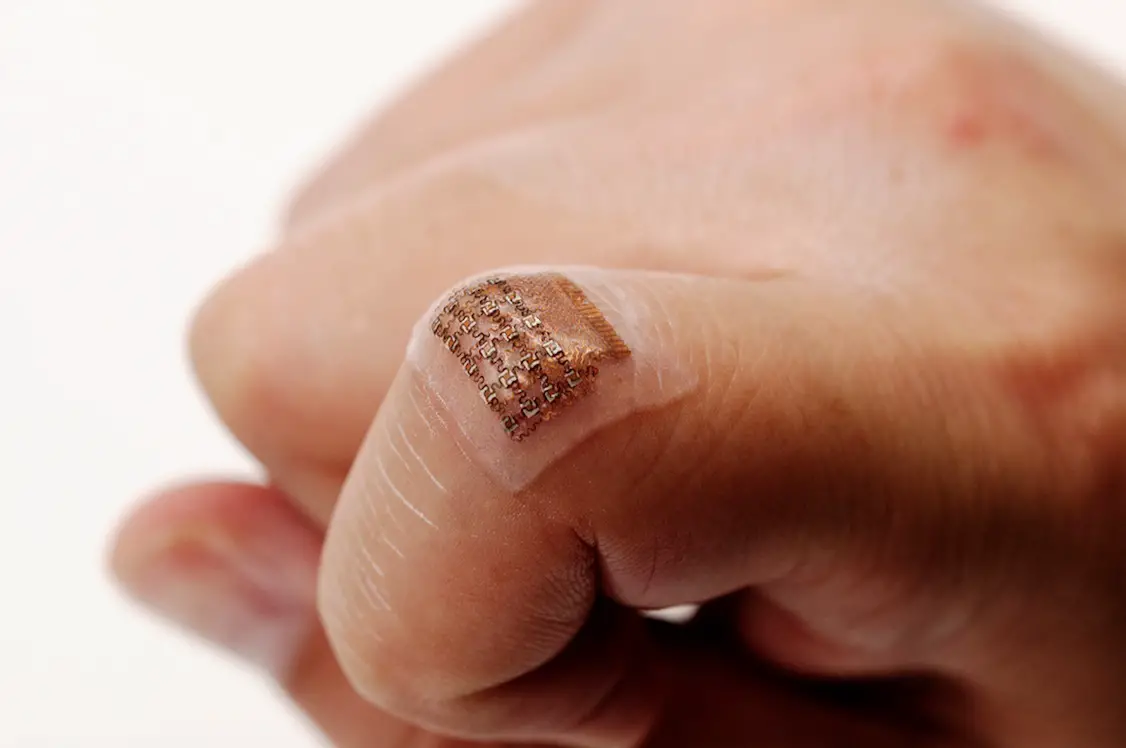USAF Launches Wearable Biosensor Program to Track Airmen’s Health
The US Air Force Research Laboratory (AFRL) has begun a program to create a wearable biomolecular capability to track airmen’s health.
The device uses sensors to read and analyze the molecular and physiological information of personnel who are “overly fatigued, stressed, or hyperstimulated” during critical missions.
Future applications of the capability include weight loss and mood disorder management.
Work for the program will be conducted in collaboration with the Biomolecular Structure and Integration for Sensors (BioSIS), a team of experts from the AFRL Materials and Manufacturing Directorate, the 711th Human Performance Wing, Nano-Bio Materials Consortium (NBMC), and Case Western Reserve University.
“We are looking to equip them with more advanced human monitoring capabilities so mission commanders can integrate that information and make more rapid decisions,” BioSIS Technical Lead Dr. Lawrence Drummy said.
“These sensors will be integrated into a network, not just used as stand-alones, so that a global picture of performance can be generated.”
Analyzing Sweat
According to AFRL, the sensors will analyze Neuropeptide Y, a protein produced in the human brain, and lactic acid (lactate).
Both compounds are detectable through perspiration and can be used to predict personnel performance, stress levels, and injury healing.
“Biomolecules like Neuropeptide Y and lactate, they exist in very tiny concentrations in your blood. So they’re very difficult — almost impossible — to detect. That’s what’s so very important about this new technology. It allows us to detect those tiny concentrations, those tiny amounts,” NBMC Program Manager 1st Lt. Suren Uswatta explained.

‘Minimizing Negative Effects’
The wearable sensors will be developed into different forms to reach the fluids necessary for reading the proteins, including patches, mouthguards, or microneedle sheets.
“The ability to monitor biomarkers for different conditions continuously in real time will provide information about how the human body works and responds to external stressors to a level of detail that has not been seen before,” 711th Human Performance Wing Technical Lead Dr. Jorge Benavides added.
“This information will allow the design of personalized models that could predict performance and health issues before they occur, minimizing negative effects in our mission and health.”












